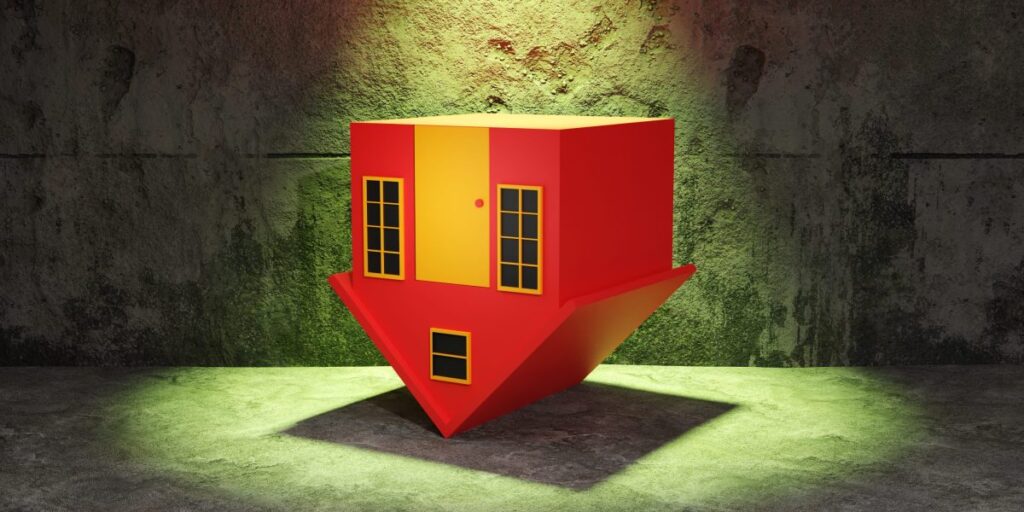
Howard Hughes Holdings CEO David O’Reilly told CNBC on Wednesday that new homes have generally been more expensive than existing homes since the mid-1980s, adding that prices for new homes have been falling over the past few months. Now it’s gone.
“Today’s results show that this is actually completely reversed,” he said.
The U.S. Commerce Department said Wednesday that the median new home sales in May fell 0.9% from a year earlier to $417,400.
By comparison, the National Association of Realtors said earlier this month that the median sales price of existing homes rose 5.8% in May from a year earlier to a new record high of $419,300. NAR said this reflected increased sales of higher-priced properties and a variety of offers.
That’s because the lock-in effect in the housing market has left the supply of existing homes tight, as homeowners with lower mortgage rates are reluctant to give up and won’t sell. But demand remains high, adding upward pressure on prices.
Meanwhile, O’Reilly said homebuilders’ latest quarterly reports showed average selling prices declining, citing changes in product mix.
“This shows that consumers are adapting to smaller homes, taking up less space and trying to get back within the affordability range,” he said.
O’Reilly, the head of a real estate development and management company that also works with builders, has been bullish on the industry, declaring it a “golden age of homebuilding” in April.
The reversal in prices for new and existing homes coincides with the disappearance of $200,000 starter homes, making it harder for first-time buyers to enter the housing market.
“The number of homes under $200,000 has fallen over the past few years from about half of total sales to less than a quarter by 2023,” Realtor.com said in a report earlier this month. The statistic “This is clear evidence,” the data said.

